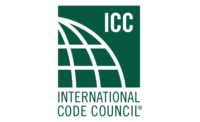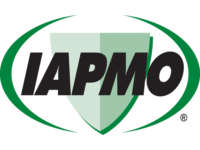Remote fire and life safety inspections certainly gained traction during the pandemic, however the advantages for remote processes were recognized well before COVID-19. Inspectors were already reevaluating video or audio technologies available today to perform inspections and testing procedures previously trusted only to a human. Because of advanced technologies, the need to travel three hours to perform a minor construction inspection or the need to send a contractor to scale a dangerous water tower could now be accomplished remotely in a safe and effective way. But to ensure these inspections are acceptable and official, the industry needed tools and protocols to officially launch a new way of working.
This is where the proposed NFPA 915 Standard for Remote Inspections and Tests comes in. In effect as of May, the standard establishes the minimal requirements, procedures, methods and documentation needed to perform remote inspection in order to deliver an equivalent or improved result when compared to in-person methods. NFPA 915 Standard for Remote Inspections and Tests includes information on:
- Situations that call for remote processes: Difficult locations (towers, rooftops, service tunnels, etc.), routine, periodic and re-inspection cases, excessive distance/time requirements, limited staff situations, inclement weather conditions or COVID-19 concerns.
- Digital technologies that can be used: Cellular telephones (FaceTime, Wi-Fi programs), handheld devices (iPads, tablets, Chromebooks), live or recorded video cameras (handheld, body, fixed, drone, robot, underwater drone), live video conferencing solutions, as well as any future emerging technologies.
- Stakeholders affected by remote inspections: Property owners, contractor of work, entity performing remote inspections and authority having jurisdiction (AHJ).
The benefits of NFPA 915 Standard for Remote Inspections and Tests are clear. Remote processes create new opportunities for efficiency, saving inspectors and contractors from spending valuable time and resources travelling onsite when they don’t have to. Safety is improved as well, as drones allow inspectors and contractors to limit their time spent in hazardous conditions while also increasing inclusivity to those who are mobility impaired. And, of course, remote inspections enhance flexibility. The COVID-19 pandemic unfortunately forced many organizations to place device testing and evaluation on the back burner in an effort to keep building occupancy rates low. Remote capabilities allow these critical processes to take place no matter the situation, from a global pandemic to a sudden snowstorm.
The standard was issued April 23 — so what does it mean for building and inspection leaders now? Even if you have no plans to incorporate remote processes at the moment, this may very well change. Remote inspections and testing are already becoming standard practice for many organizations, especially as the Internet of Things continues to lead the way in smart building technology. The NFPA prides itself on its constant evolution and flexibility as new technologies enter the market, so we can expect the standard to be compatible with the requirements of any jurisdiction, and even be modified by jurisdictions as needed. Building and inspection leaders may find themselves adopting remote processes in the very near future.
All affected stakeholders should take the time to review and familiarize themselves with NFPA 915 Standard for Remote Inspections and Tests so they can be prepared to incorporate remote processes – and reap their benefits — within their own operations.




